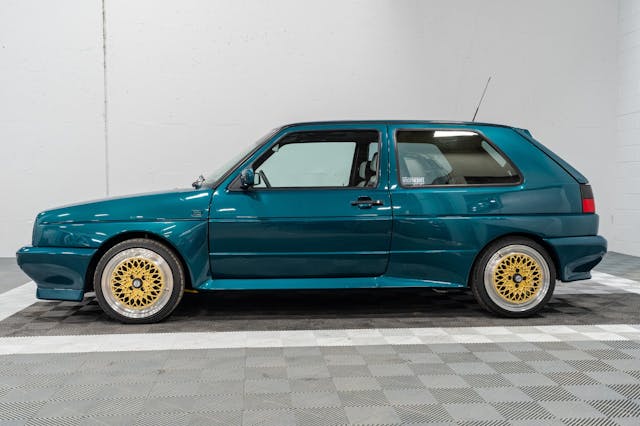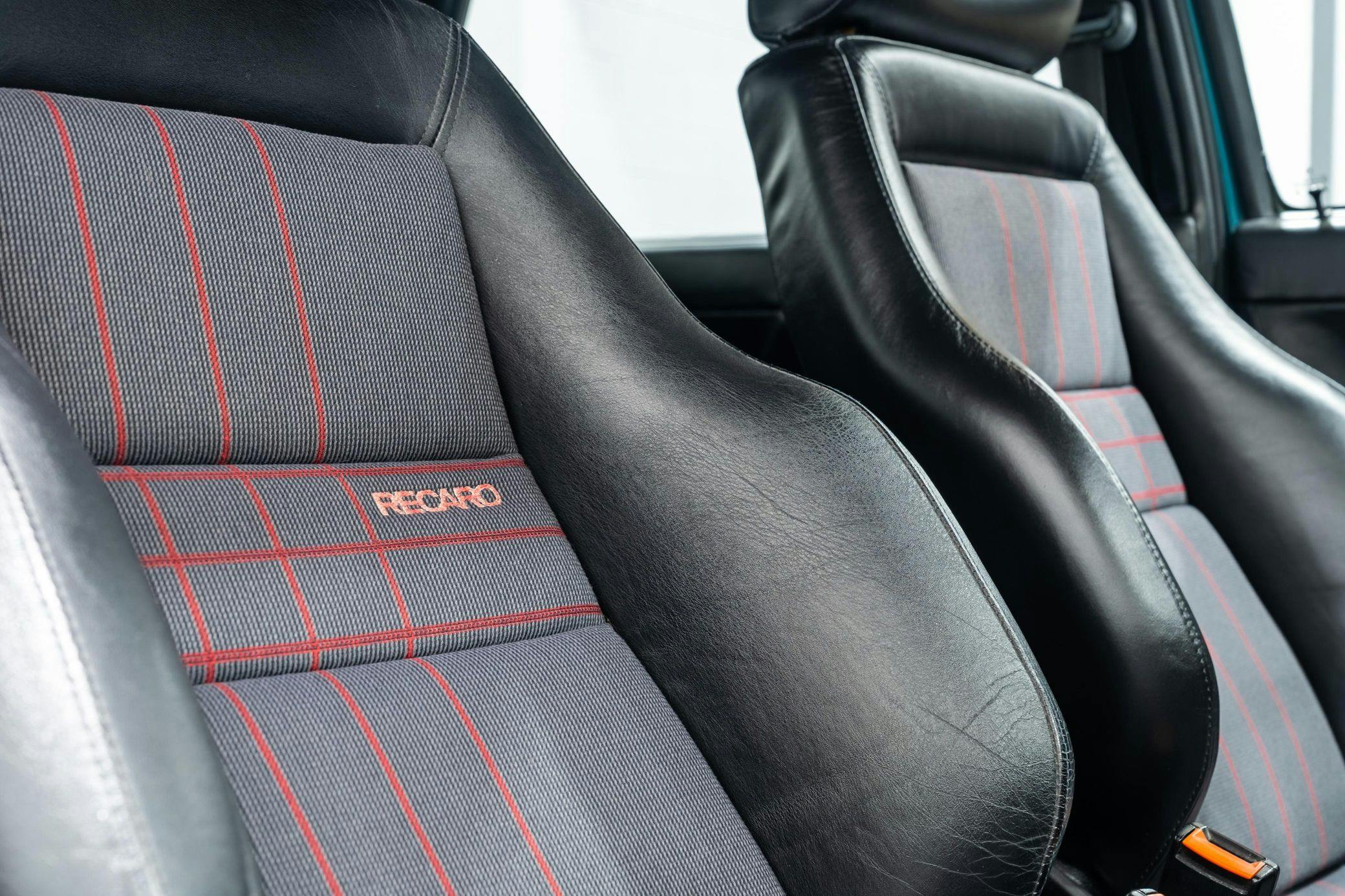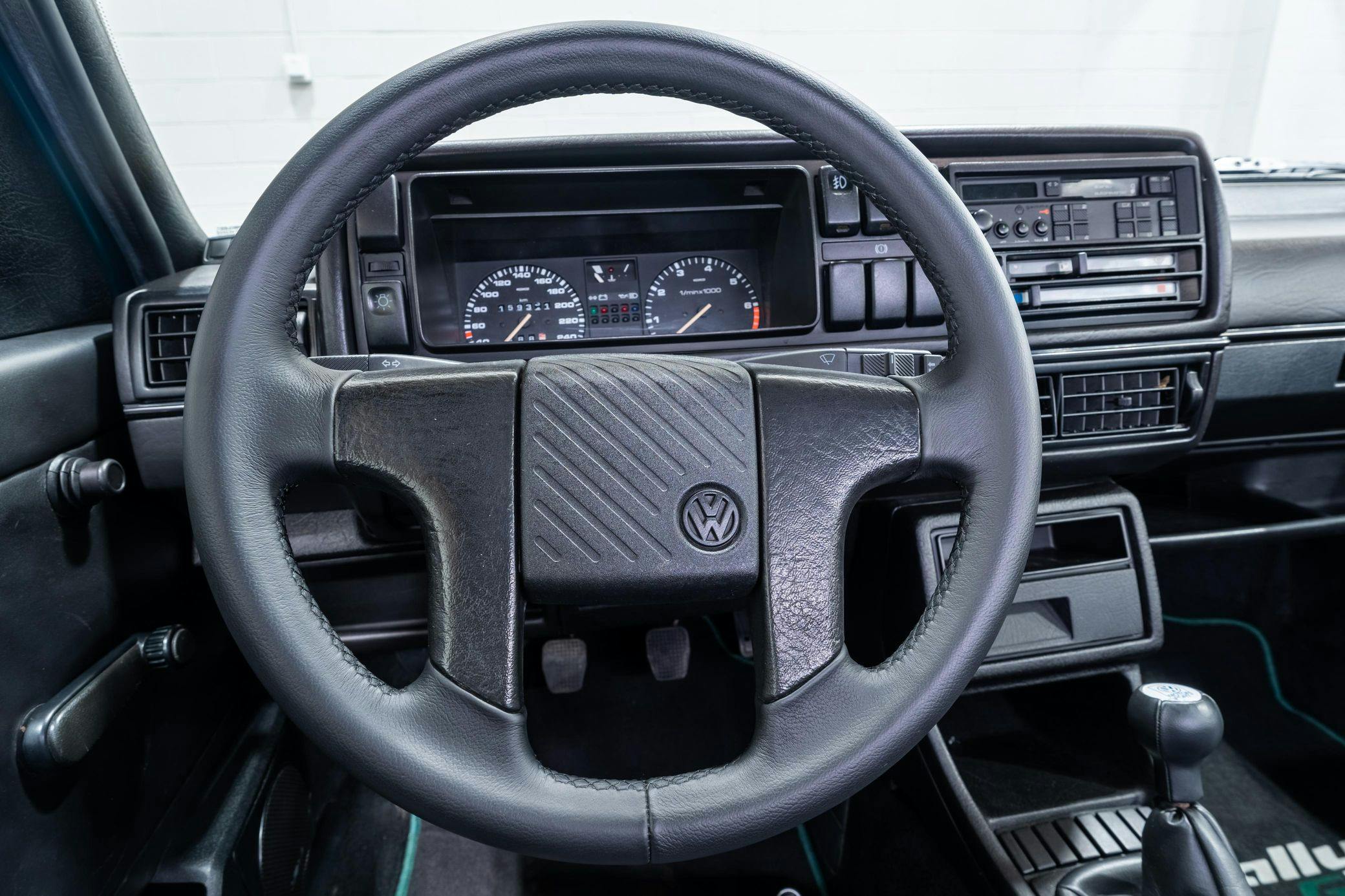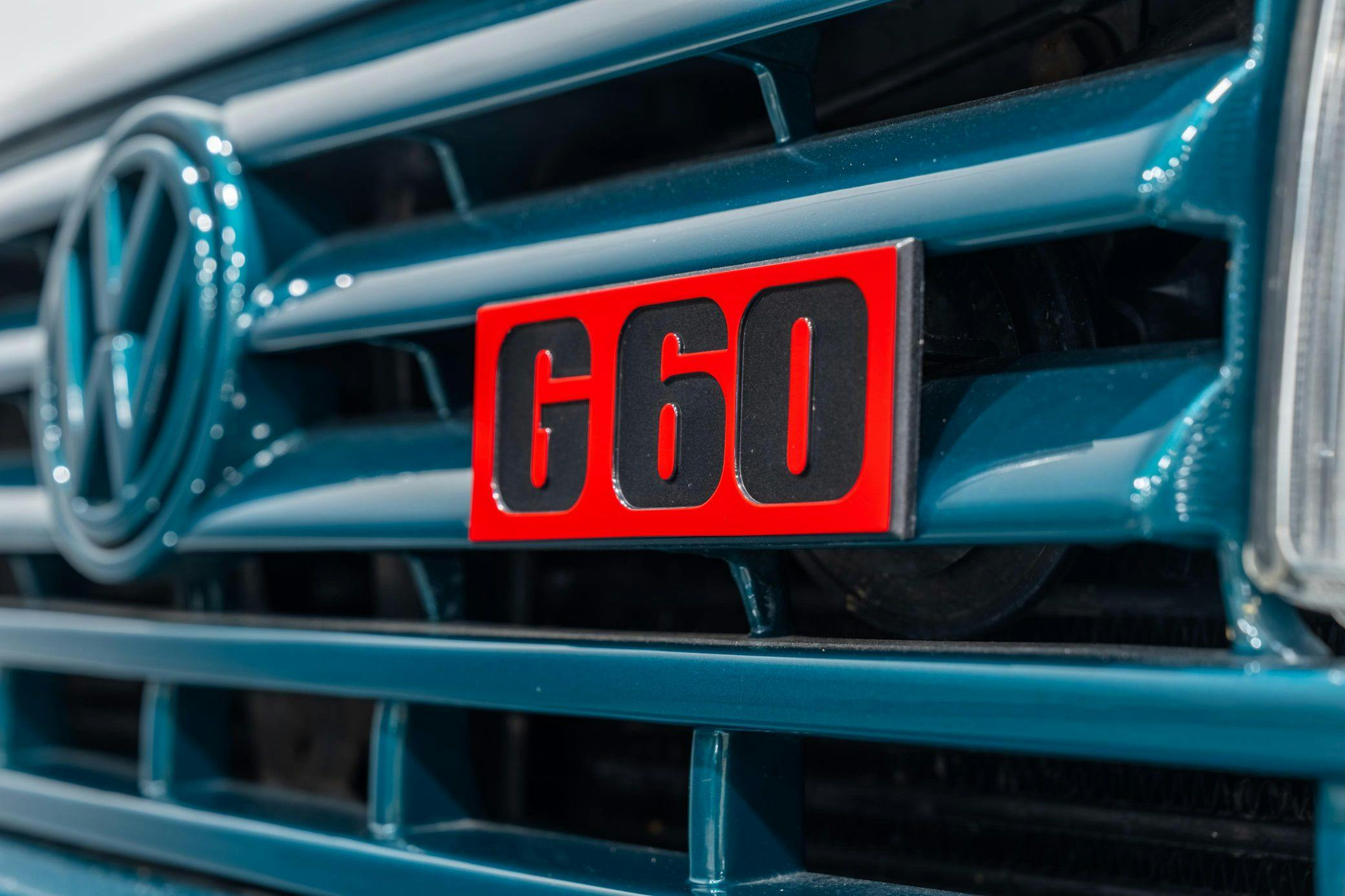This semi-spicy ’80s hatch is cheaper, cooler than a new Golf R
Over the past few weeks, we’ve written a lot about million-dollar metal from Monterey. Now it’s time to come back to earth and look at some cars that are only kind of expensive. What caught our eye this week is a rally homologation special that ticks many of the same boxes as the most expensive ’80s automobiles. Racing pedigree and low production? Check. Four-wheel drive? Check. Forced induction? Of course. Box flares? You bet.
It’s a Volkswagen Rallye Golf which, as the name suggests, was built to whip around the special stages of the World Rally Championship. It’s also one of the rarest versions of one of the world’s best-selling cars, and the ancestor of the more well-known Golf R32 and today’s Golf R. Yet it sold for $41,278 this week on Cars and Bids. Certainly not chump change, but still several grand less than a new Golf R, and less than you might think when you hear the words “homologation special.”

The second generation of the Volkswagen Golf debuted in 1983. VW’s characteristically cheeky advertisements boasted “If at first you succeed, try again,” and it was indeed a worthy follow-up to the wildly successful first-gen (1974–83) cars. Over its 10-year production run, the Mk II Golf would sell 6.3 million copies.
The hottest version that most people could buy when they walked into their V-dub dealer was the 16-valve GTI, which was a standout hot hatch despite stiff competition in the European market from the likes of the Peugeot 205 GTi. But, in a bid to take the Golf rallying in Group A (then the top class of the World Rally Championship), VW needed something hotter, and they needed to sell 5000 copies in order to homologate it for the 1990 season.
The Rallye Golf is what they came up with. On the outside, the obvious differences are the box flares, à la E30 BMW M3, plus a unique grille flanked by rectangular headlights, a special body kit, and badges. Underneath, the 1.8-liter engine has an eight-valve head but also a G-Lader supercharger. VW also shrank the engine slightly by 18cc (1763cc) to fit within the WRC’s rules, which featured a 1.7x multiplication factor for displacement on forced induction engines. The original 1781cc unit would have gone over the adjusted 3.0-liter limit in the rulebook.
The engine drove all four wheels via a five-speed gearbox and VW’s Syncro four-wheel drive setup, similar to the system in the Golf Syncro and Golf Country. Screwed together at the Volkswagen Motorsports facility in Belgium, the Rallye Golf weighed 200 pounds more than a regular GTI thanks to that Syncro system, but at 2635 pounds it wasn’t too beefy, and of course the supercharger delivered extra punch. But it wasn’t exactly a knockout: 160 horsepower and 165 lb-ft made it quick but not a tire-scorcher. The sprint to 60 still took over eight seconds.
It was also expensive, at 50,000 German marks, about twice as much as a GTI. A handful of Rallye Golfs were sent to the U.S. for evaluation, and supposedly Volkswagen of America’s vice-president James Fuller wanted to sell it here. Unfortunately, he was on Pan Am Flight 103 when it was blown up by Libyan terrorists in December 1988. The Rallye Golf didn’t make it to U.S. shores. Despite the price and the limited market, though, the Rallye Golf did sell a little over 5000 copies, all in left-hand-drive configuration.
It was expensive and not too fast on the road, and the Rallye Golf wasn’t exactly an ace on the rally stages, either. These were the days of the Lancia Delta Integrale and Toyota Celica GT-Four, so it’s not all that surprising that Volkswagen finished 10th in the 1990 WRC season with just 10 points. Lancia and Toyota each finished with over 130. The factory VW team pulled out of rallying after just one year, although a few private teams ran Rallye Golfs for a few more seasons. Then, the Rallye Golf disappeared into obscurity, although the Golf R32 of the 2000s and the Golf R of today can trace their roots right back to this late-’80s original. Growing interest for old rally-bred collector cars has helped bring the Rally Golf a little more back in the light, too.
The car sold this week wears the lovely color of Green Pearl Effect, and the Recaro front seats with patterned cloth inserts look pretty sweet. It wears a few aftermarket changes, including 16-inch BBS wheels, KW suspension, and a Supersprint exhaust. Showing 159,400 km (99,100 miles) but looking remarkably well cared for, it was only imported to the U.S. from Europe last year and already has a U.S. title, which is a good selling point.
This price isn’t a record for a Mk2 Golf (someone paid 91 grand for a 1992 GTI a few months back) but it is in line with what the few other Rallye Golfs have sold for in recent memory. And it seems like a decent value. Sure, 30 to 40 grand for an old Volkswagen hatchback that never won anything isn’t cheap, but rare homologation specials have a certain coolness factor, many more common ’80s performance cars sell for more, and other unsuccessful rally cars from the earlier Group B era routinely bring seven figures. Given all that, plus its connection to more modern VW performance cars, this special low-volume Golf was a good buy. Even if it wasn’t a hole-in-one back in the day.

***
Check out the Hagerty Media homepage so you don’t miss a single story, or better yet, bookmark it. To get our best stories delivered right to your inbox, subscribe to our newsletters.








Am I the only person who thinks those wheels hideous?
Nope
Ditto.
I think it’s unanimous.
Neither pretty nor quick
I think the car is good for it’s time. I like the color, not really a fan of the wheels. More than I would pay for one.
My 1984 Rabbit GTI will be surprised to know that it is a Mark II, when for all its existence, it has been a first-generation Mark I. The Mark II Golf (no longer the Rabbit) arrived in the U.S. in 1985, not 1983.
I thought the Corrado was going to be mentioned as a successor. Given the choice between this and a Corrado, I’d take the latter. Better looking, probably faster, and less expensive.